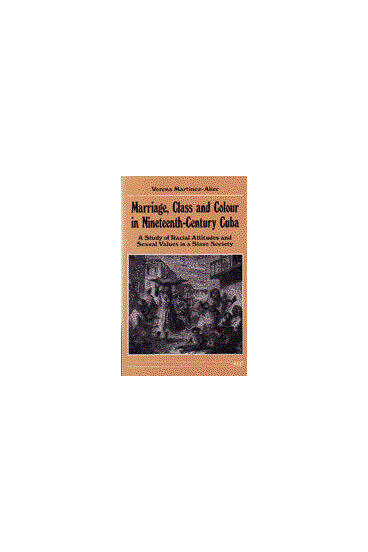Marriage, Class and Colour in Nineteenth-Century Cuba
A Study of Racial Attitudes and Sexual Values in a Slave Society
A study of marriage patterns in 19th-century Cuba
Description
Marriage, Class and Colour in Nineteenth-Century Cuba challenges conventional ideas about the roots of Cuban race relations. Verena Martinez-Alier proposes a relational model for the study of sexual values and social inequality. She deals with Cuban notions of honor and virtue while describing complex interconnections between class and perceived racial status that determined the choice of sexual and marriage partners. First published in 1974, Marriage, Class and Colour in Nineteenth-Century Cuba is now a classic, a pathbreaking encounter of anthropology with history that points the way for future investigations. With this edition, the work of this pioneering scholar is made available again, with a new introduction by the author.

